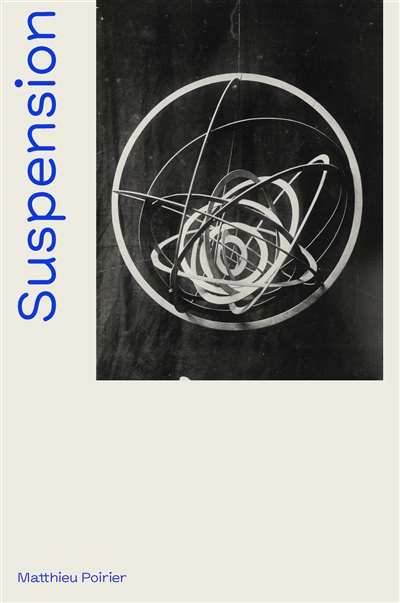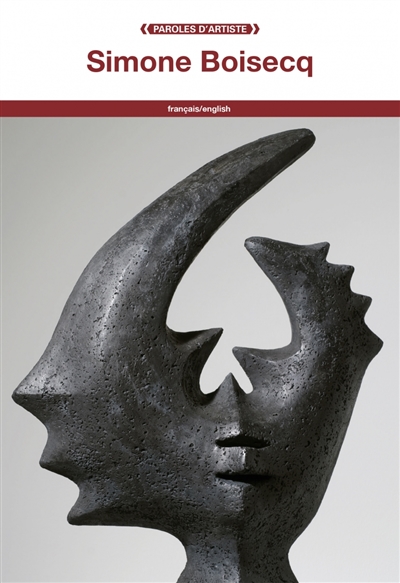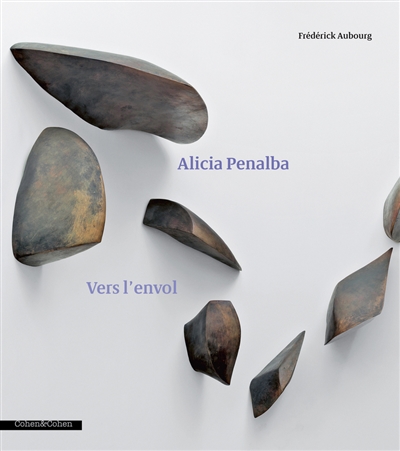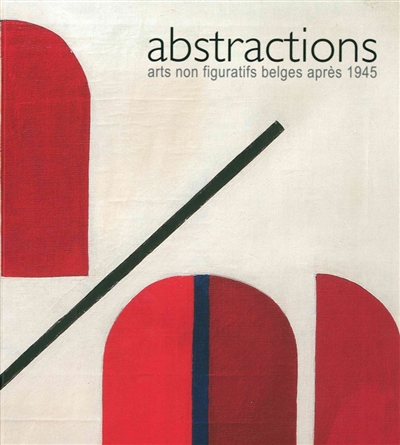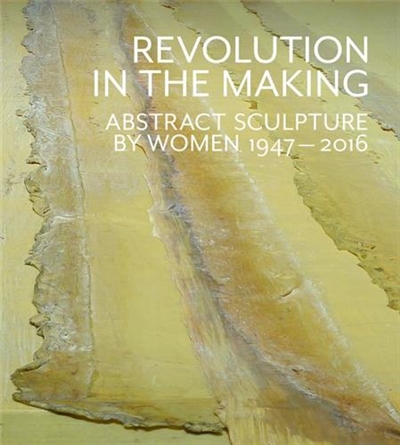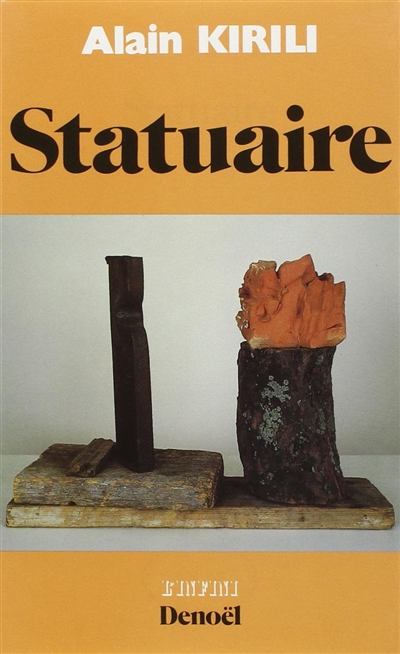par Poirier, Matthieu (1976-....) ; Olivier Malingue ; Palais d'Iena
Skira
2018 -
-
Disponible - 734-8 POI
Etage 2 - Arts - Arts
Résumé : L’événement présente un siècle de sculpture abstraite (1918 – 2018) sous l’angle inédit de la suspension aérienne et rassemble plus de cinquante œuvres phares réalisées depuis 1918 par plus de trente trois artistes de diverses générations et nationalités. Cette catégorie artistique apparaît à la fin des années 1910 avec Marcel Duchamp, Man Ray et Alexander Rodtchenko, puis se poursuit au début des années 1930 avec Alexander Calder ou Bruno Munari, se déploie dans les années 1950 avec Soto, François Morellet, Gego, Daniel Buren, Julio Le Parc, puis Sol LeWitt ou encore Robert Morris et trouve ses prolongements les plus récents chez Xavier Veilhan, Ernesto Neto, Olafur Eliasson, Tomás Saraceno ou encore Haegue Yang.

 Les bibliothèques de la ville de Paris
Les bibliothèques de la ville de Paris
 Les bibliothèques universitaires
Les bibliothèques universitaires
 La BnF
La BnF
 L'encyclopédie Wikipédia
L'encyclopédie Wikipédia
 L'Encyclopædia Universalis
L'Encyclopædia Universalis
 La bibliothèque du film
La bibliothèque du film
 La médiathèque de la Philharmonie de Paris
La médiathèque de la Philharmonie de Paris

